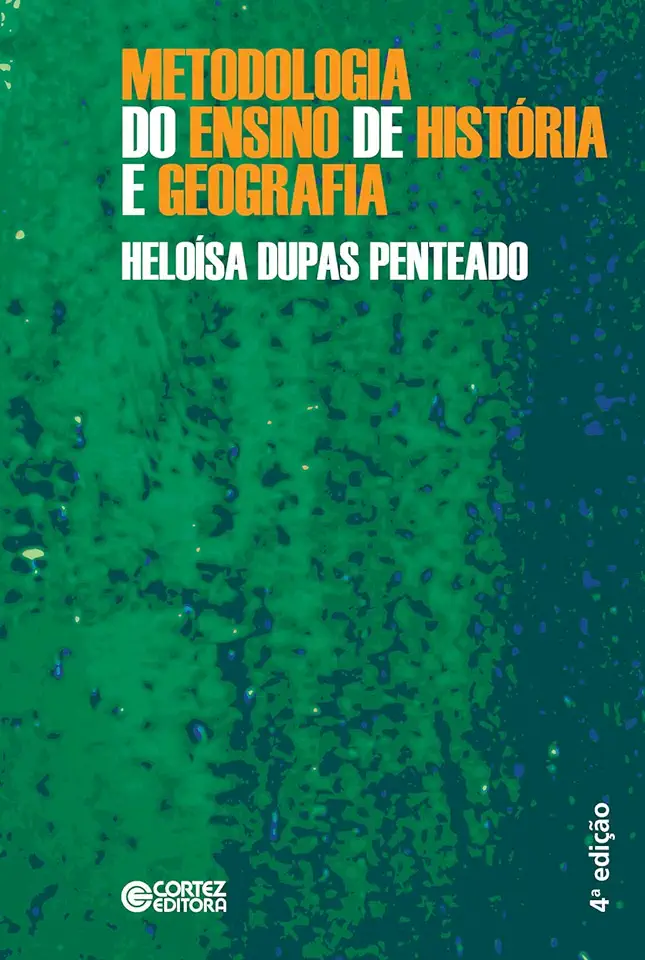
Methodology of Teaching History and Geography - Heloisa Dupas Penteado
Methodology of Teaching History and Geography: A Comprehensive Guide for Educators
Introduction
In today's rapidly changing world, it is more important than ever for students to have a strong understanding of history and geography. These subjects provide students with the knowledge and skills they need to make informed decisions about the world around them. They also help students develop critical thinking skills, problem-solving skills, and empathy.
The Importance of History and Geography
History and geography are essential subjects for students to learn for a number of reasons. First, they help students understand the past and how it has shaped the present. By learning about history, students can gain a better understanding of the causes and consequences of events, and how they have impacted the world we live in today. Geography, on the other hand, helps students understand the physical world around them. By learning about different countries, cultures, and environments, students can gain a better appreciation for the diversity of the world and the challenges that people face in different parts of the globe.
Teaching History and Geography Effectively
Teaching history and geography effectively requires a variety of methods and techniques. Some of the most effective methods include:
- Inquiry-based learning: This approach encourages students to actively explore and investigate topics on their own. By asking questions, conducting research, and analyzing evidence, students can develop a deeper understanding of history and geography.
- Project-based learning: This approach allows students to apply their knowledge and skills to real-world problems. By working on projects, students can develop critical thinking skills, problem-solving skills, and teamwork skills.
- Cooperative learning: This approach encourages students to work together in groups to complete tasks. By working together, students can learn from each other and develop social skills.
- Technology integration: Technology can be a powerful tool for teaching history and geography. By using interactive maps, simulations, and other digital resources, students can engage with the material in a more meaningful way.
Assessment in History and Geography
Assessment is an important part of teaching history and geography. It allows teachers to track student progress and identify areas where students need additional support. Some of the most effective assessment methods include:
- Formative assessment: This type of assessment is used to provide feedback to students during the learning process. It can be done through observations, quizzes, and other informal assessments.
- Summative assessment: This type of assessment is used to measure student learning at the end of a unit or course. It can be done through tests, projects, and portfolios.
Conclusion
History and geography are essential subjects for students to learn. By using effective teaching methods and assessment strategies, teachers can help students develop a strong understanding of these subjects and the skills they need to succeed in the 21st century.
About the Author
Heloisa Dupas Penteado is a professor of history and geography at the University of São Paulo. She has over 20 years of experience teaching history and geography at the university level. She is the author of several books and articles on the teaching of history and geography.